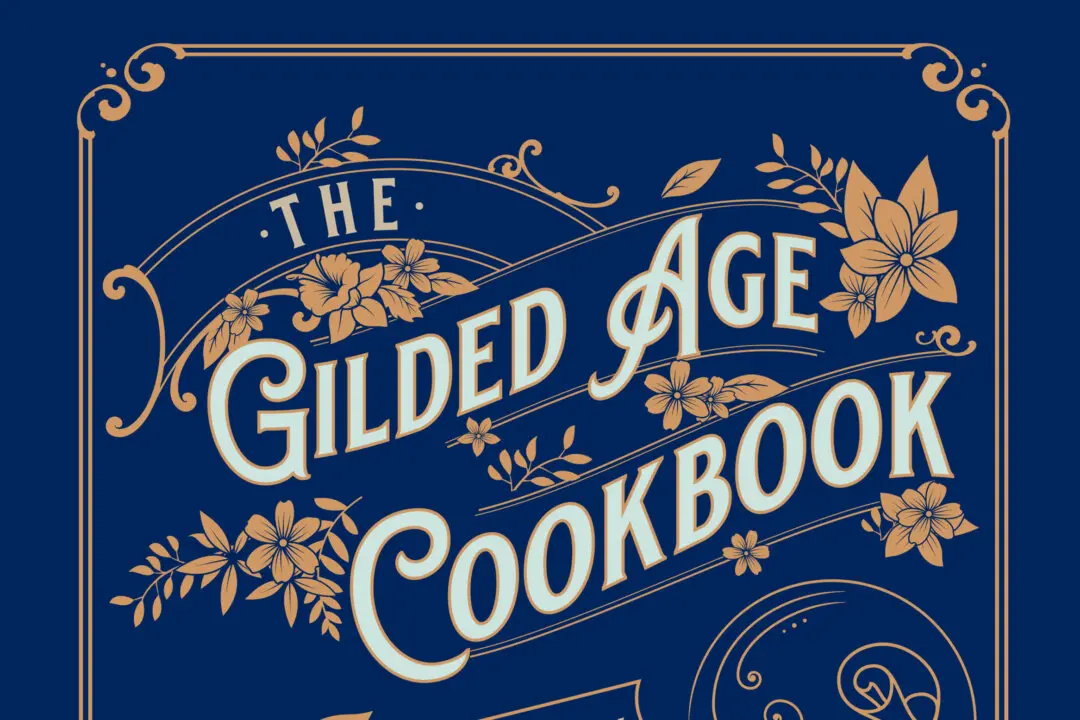By Sharyn Jackson
From Star Tribune
MINNEAPOLIS—Picture the fanciest party imaginable. We’re talking Vanity Fair Oscar Party meets Met Gala, with a couple of royal weddings thrown in the mix.

MINNEAPOLIS—Picture the fanciest party imaginable. We’re talking Vanity Fair Oscar Party meets Met Gala, with a couple of royal weddings thrown in the mix.